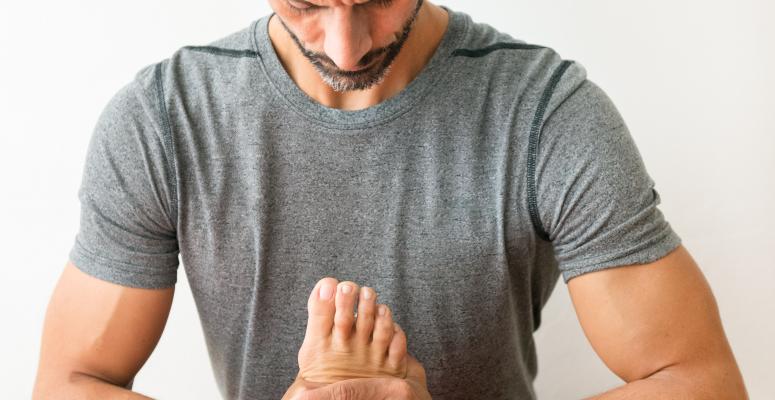
- The basics of active release therapy
- Conditions that can be treated by active release therapy
- What to expect from an active release therapy session
- How active release therapy is different from myofascial release
- Alliance PTP can help connect you with physical therapy treatments, including active release therapy
If you’ve undergone surgery, sustained an injury or had a disease that affects your soft tissue, it’s likely that you have scar tissue. And while scar tissue is developed to repair damaged tissue as part of the healing process, it’s not uncommon for that scar tissue to cause you pain and discomfort. But there is a type of physical therapy that can help.
Active release therapy targets internal scar tissue that stems from soft tissue damage. But what should you expect from active release therapy? That’s what we’re here to answer.
Read on to learn about the basics of active release therapy, what to expect from a session and how it’s different from myofascial release.
The basics of active release therapy
Active release therapy, also known as Active Release Techniques® (ART), is an advanced type of noninvasive soft tissue mobilization. ART was created and patented back in the 1980s by a Doctor of Chiropractic medicine named Dr. P. Michael Leahy, DC, CCSP. It’s known as the No. 1 soft tissue therapy used around the world.
Active release therapy refers to a physical therapist using their hands to find and manipulate the soft tissue where the scar tissue, or adhesions, is located. They may ask you to perform specific movements. Then they use their hands to break up the tissue and increase blood circulation in the affected area to stimulate the healing process.
Conditions that can be treated by active release therapy
Active release therapy helps to alleviate the symptoms that can stem from scar tissue, which can be formed as a result of an injury or surgery.
If you have scar tissue, it decreases your range of motion because it forms between muscle groups, causing them to bind together. These connections can trap nerves as well as result in the straining of tendons or joints. Along with decreased mobility, scar tissue can also cause pain and weakness.
There are many injuries and medical conditions that can cause painful scar tissue. ART can help alleviate:
- Lower back pain.
- Chronic neck pain.
- Shoulder strains.
- Tension headaches.
- Bursitis.
- Carpal tunnel syndrome.
- Shin splints.
- Sciatic nerve pain.
- Plantar fasciitis.
What to expect from an active release therapy session
If you’ve never had an ART session, you may be wondering what to expect. The most important thing to keep in mind is that the therapist is going to use their hands to find scar tissue, which means that they have to apply pressure to your skin as well as the underlying tissue. This may be uncomfortable at first, but that feeling will often fade after a couple of ART sessions.
Once the adhesions are found, there may be temporary pain, which confirms that the proper tissue is being treated. As you continue to have ART sessions, you will feel an increased range of motion and flexibility.
How active release therapy is different from myofascial release
ART is just one type of physical therapy that a person can receive to alleviate soft tissue pain. But how is it different from other common techniques, like myofascial release?
ART is often lumped in with myofascial release, which is a type of physical therapy that involves massagelike movements to break up the deep connective tissue called fascia. This tissue holds your organs, bones and muscles in place. When the fascia hardens around the muscles, it can cause pain and reduced range of motion. Myofascial release is most commonly used for symptoms of myofascial pain syndrome and carpal tunnel syndrome.
The main difference between the two types of therapies is that myofascial release assists with pain from muscle tightness while ART helps alleviate pain from soft tissue injuries. ART is known as a more targeted version of myofascial release. It’s also worth noting that therapists must go through specific training and receive certification to practice Active Release Techniques.
Alliance PTP can help connect you with physical therapy treatments, including active release therapy
Caring. Effective. Convenient. These are words that you may not think about when you think of physical therapy, but Alliance Physical Therapy Partners is here to change that.
Our partner network is staffed by caring physical therapists who are ready to provide you with effective, personalized care, which may include active release therapy, for your injury or condition. And we offer both in-person and virtual PT sessions, so you’ll be able to choose the care that’s most convenient for you.
Get in touch with our team today to learn more about our caring, effective and convenient PT.
Get Help at a Location Near You
